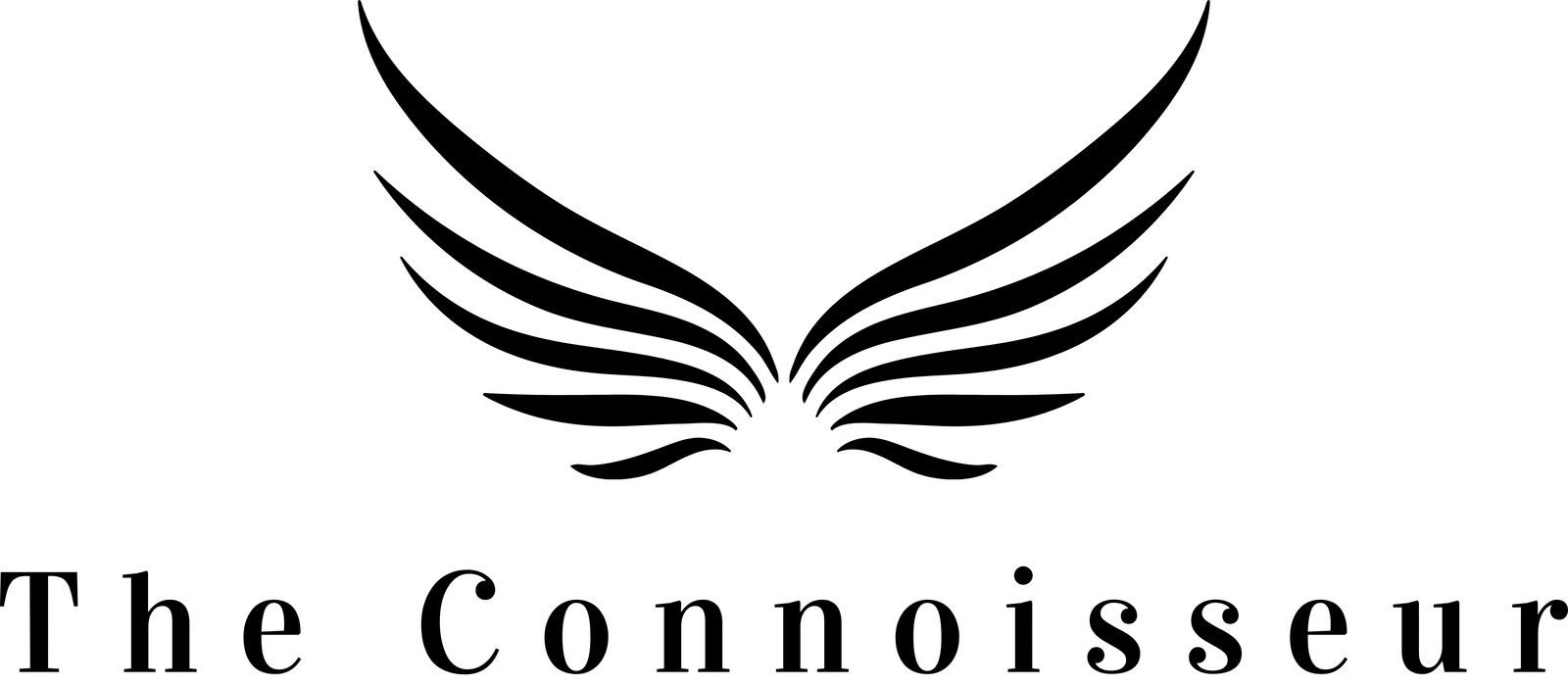
“Of all the ironies about Diana, perhaps the greatest was this – a girl given the name of the ancient goddess of hunting was, in the end, the most hunted person of the modern age”, said the 9th Earl of Spencer at the funeral of his elder sister who, despite the loss of her royal title following the end of her marriage with Prince Charles in 1996, has since then been fondly remembered all over the world as Princess Diana, the ‘People’s Princess’. During her life, she revitalised many arenas- the monarchy, humanitarian work, the fashion and photography industries, and unprecedented celebrity culture- the impact of which is being studied even today.

From Sloane Ranger to International Star

Over the years, many fashion journalists have credited Diana with having successfully imported the sophistication of 80s and 90s’ haute couture from the continents into formal dressing codes mandated by English royal life, slenderising the full-skirt princess ballgown in favour of the body-hugging red-carpet glam of Hollywood, and discreetly, but surely, capitalising on her shapely figure. Many note her lasting influence in contemporary trends such as pie-crust collars, chokers, pearl jewellery, body-con outfits, power blazers, puff-sleeved wedding gowns, little black dresses (LBDs), and so on. For those who consider Lady Diana a ‘fashionista’ of her time, the narrative of her sartorial evolution is pre-given – from the Chelsea girl in Laura Ashley girly blouses and dowdy midi-skirts, to young ‘English rose’ princess in frilly-lacy dresses and gowns by Emanuel and Sassoon, to international celebrity in tailored power suits by Catherine Walker at official meetings during the day, and in sexy and deep-necked cocktail dresses by Versace, Valentino and Azagury at parties in the evening- and is understood as a corollary for her personal development from the demure debutante of the romantic period of her youth to the confident humanitarian of her later years of freedom from royal protocol. Eleri Lynn, who curated the 2017 exhibition, “Diana: Her Fashion Story,” at Kensington Palace and visually depicted this narrative of growth, remarked to Vanity Fair, “She is stepping into that same sort of space as an Audrey Hepburn or Jackie Kennedy…a fashion icon whose style is so emulated and so loved, really.”

Fashioning a Princess in the Rebellious 80s
And yet, there are detractors of the notion of Lady Di being one of the great fashion legends in history. Alexandra Shulman, former editor-in-chief of British Vogue, described Diana’s style in the Daily Mail as “society” since the time she rose to prominence on being engaged to the Prince of Wales till the breakdown of their marriage. Like fellow female “Sloanes” whose wardrobe included cashmere cardigans, long pleated skirts and tweed jackets, the young Princess’ dressing sense, while it appropriately conformed to her status, was vastly out of touch with the fashion-forward women of the 80s who had “come out of the tail end of punk” and embraced “fishnet tights, black leather biker jackets…perms”, and most importantly, “short skirts”- welcoming the return of the 60s mini-skirt- often in flouncy layers of cotton fabric (the rah-rah) and sometimes in tight-fitting spandex.
In other words, the 80s’ fashion pioneers were also the fashion rebels of their time who bore more resemblance with, say, Julia Roberts browsing through Rodeo Drive in Pretty Woman (1990) in her ‘hooker’ outfit- a tight blue mini-skirt, auburn perms and thigh-high patent leather boots- than with those snooty vendeuses, dressed in a Diana-like conservative manner, who throw her out of their posh dress shop. Respectable low hemlines and high necklines, rather than fashion, liken Shy Di to these fictional saleswomen. Not incidentally, Roberts’s costumier, Marilyn Vance, bought Vivian’s
zip-up boots from NaNa- the popular purveyor of punk in Chelsea- from King’s Road, London, which was a hub of counterculture movements in the 70s (punk) and 80s (New Romanticism), and boasted of boutiques like BIBA, The Chelsea Drugstore and SEX (known for Marianne Westwood’s clothes). The underground fashion scene was disrupted by the flow of wealth into West London in the 80s, following Margaret Thatcher’s rise, and many of these unconventional stores were replaced by high-street society labels like Catherine Walker who had opened a store in Sydney Street just three years earlier.

Walker created over a thousand outfits for Diana (one of which ended up being her burial dress) and was part of that brigade of designers, including Victor Edelstein and Bruce Oldfield, which facilitated the major transition from “Shy Di” to “Dynasty Di”, featuring padded shoulders, pearl chokers, colour-blocking, coat dresses and figure-hugging evening gowns. Shulman points out that these style changes resulted from the advice of the Princess’ unofficial style guru, Anna Harvey, the then deputy editor of Vogue, who was “never about the cutting edge, where real fashion gets born. Instead, she epitomised elegant British chic”. (As Phoebe Waller-Bridge’s character admits in Fleabag, ‘chic’ means boring!- “Don’t tell the French!”) The cleavage-baring short dresses of the later years did make her more fashion savvy, but for Shulman, it was Diana’s inherent charisma, not fashion, that had caught everyone’s imagination.
A Language of Clothes: Diana’s Legacy

Venessa Friedman, fashion director and chief fashion critic of The New York Times, agrees with Shulman and writes, “The greatest trend she (Diana) ever set…was as the original fashion reality TV star: a public figure who used her clothes…for direct communication to the outside world, even when she was simply smiling”. Diana, it seems, had been embroidering the truth of her heart on the fabric that covered her body. A convincing argument, as attested to by the dozens of articles floating online which allege that the so-called “Revenge Dress” was a message for Prince Charles and the rest of the country, disguised in flowy, sexy black chiffon: No one’s gonna be talking about your silly confession of adultery once they see me looking like this. For those who doubt, perhaps Harvey’s words would command more credibility- “she wanted to look like a million bucks”. The striking thing about Diana’s story, as it is recounted today, is that all its elements- conjugal conflicts, motherhood, extra-marital affairs, challenging the ‘establishment’, wonderful charity work- are closely entwined and always understood vis a vis each other. Why, then, should fashion be left out of the mix? Today, Diana’s spectacular wardrobe represents two things: a museum of her self-expression, and a contested ground for fashion historiography.

Article By: Soumya Duggal








